Plot.New Has Not Been Called Yet
Introduction:
In the realm of data visualization and analysis, R programming language has gained significant popularity among researchers and data scientists. One of the essential functions in R is “plot.new,” which plays a pivotal role in creating plots and visualizations. However, it is not uncommon for users to encounter errors, such as “Error in plot.new: figure margins too large,” indicating that plot.new has not been called yet. In this article, we will explore the definition, purpose, and significance of plot.new, while also shedding light on the implications of not calling this function. We will also discuss common errors related to plot.new not being called, troubleshooting tips, best practices, and provide examples showcasing the need for calling plot.new.
Definition and Purpose of plot.new:
Plot.new is an essential function in R language that initializes a new plotting region or clears the existing one. With plot.new, users can create blank canvases or prepare a plot for the subsequent addition of specific elements, such as points, lines, or axis labels. The purpose of plot.new is to provide a standardized baseline for users to create their custom visualizations, ensuring a clean and organized graphical representation of their data.
Explanation of the plot.new Function:
When the plot.new function is called, it initializes a new plot by removing all existing plot elements, such as points, lines, legends, and axes. It resets the plotting device to start afresh, creating an empty or blank canvas for the user to begin plotting their data. By separating each plot with plot.new, users can generate multiple plots within the same graph window or device.
Importance of Calling plot.new:
Calling plot.new is essential to ensure a clear and well-organized plot. By clearing the existing plot before each new plot, users can avoid cluttered visuals and prevent the overlapping of previously drawn elements. The function helps maintain a clean canvas, providing a fresh start for each plot and allowing users to focus on the specific representation they desire.
Consequences of Not Calling plot.new:
Failure to call plot.new before adding new plot elements can result in the error message “Error in plot.new: figure margins too large.” This error occurs when the plotting area is not cleared, causing the new plot elements to exceed the available space. Consequently, the graph fails to display or gets cut off, hindering visual interpretation. Neglecting to call plot.new can lead to disorganized and misleading representations of data, potentially compromising the accuracy and efficacy of analysis.
Common Errors Related to plot.new Not Being Called:
Apart from the “Error in plot.new: figure margins too large,” there are other errors commonly encountered when plot.new is not called. These errors include overlapping plots, misplaced or misaligned axis labels, and inconsistent scaling of plotted elements. These issues can make it difficult to interpret the visualizations correctly and impact the accuracy of the analysis.
Troubleshooting Tips for Resolving plot.new Errors:
1. Ensure plot.new is called before adding new plot elements using functions like plot(), lines(), or points().
2. Check for missing parentheses or incorrect syntax that might prevent the proper execution of plot.new.
3. Verify if necessary libraries or packages are loaded, as plot.new is a part of the standard R library.
4. Review the order of plot-generating functions to ensure plot.new is called at the appropriate stage.
5. Consider using graphical parameters, such as par(), to adjust the plot margins and avoid the “figure margins too large” error.
Best Practices for Using plot.new and Avoiding Errors:
To enhance the overall user experience and minimize errors, following these best practices is recommended:
1. Always reset the plot before adding new plot elements to ensure a clean and organized visual representation.
2. Familiarize yourself with the correct syntax and usage of plot.new.
3. Develop a habit of reviewing and debugging your code to ensure plot.new is called at the appropriate stages.
4. Experiment with graphical parameters (e.g., margins, axis labels, and plot size) to deliver visually appealing and informative plots.
5. Stay up-to-date with the latest R packages and updates, as they often include improved error handling and plotting functionalities.
Examples Illustrating the Need for Calling plot.new:
Example 1 – Line Graph in R:
To plot a line graph of two variables, use the “plot()” function, but before entering the data points, call plot.new to initialize a new plotting region.
Example 2 – Scatter Plot in R:
For visualizing the relationship between two continuous variables, call plot.new to create a fresh plot before utilizing the “plot()” or “points()” function.
Example 3 – Density Plot in R:
When generating density plots, use plot.new before applying the “plot()” function, ensuring clear and accurate representations of the density distribution of a variable.
Summary and Final Thoughts:
In conclusion, plot.new is a vital function in R that initialized a new plotting region, enabling users to create visually appealing and informative plots. It is essential to call plot.new before adding any plot elements to prevent errors and inconsistencies. Neglecting to call plot.new can lead to cluttered visuals, misleading interpretations, and errors, such as “Error in plot.new: figure margins too large.” By following best practices, troubleshooting errors, and familiarizing themselves with the correct syntax, users can avoid common pitfalls and effectively leverage plot.new to create compelling visualizations in R. Remember, meticulous usage of plot.new is crucial for maintaining the accuracy and integrity of your data visualizations.
R Error: Plot.New Has Not Been Called Yet (2 Examples) | How To Reproduce \U0026 Fix | Lines() Function
Keywords searched by users: plot.new has not been called yet Plot new has not been called yet, Error in plot new figure margins too large, Line graph in R, Scatter plot in R, Density plot in R, Plot() function in R, Abline in R, R plot 2 lines
Categories: Top 95 Plot.New Has Not Been Called Yet
See more here: nhanvietluanvan.com
Plot New Has Not Been Called Yet
What is Plot New?
Plot new, also known as plot twist, refers to an unexpected turn of events or a surprise element that disrupts the expected flow of a story. It is a narrative device used by authors to add intrigue, suspense, or to create a moment of revelation for the reader. Plot new is often introduced in a story to challenge the reader’s expectations, transforming the direction and outcome of the plot.
In literature, plot new can take various forms. It might come as an unexpected revelation about a character’s true identity, a sudden change in the story’s setting, or a shocking event that alters the course of the narrative. A well-executed plot new can be a pivotal moment in a story, leaving readers engrossed and eager to continue reading.
The Significance of Plot New in Storytelling
The inclusion of plot new in storytelling serves several important purposes. First and foremost, it adds excitement and suspense to the narrative. By introducing unexpected twists and turns, authors are able to maintain the reader’s interest and keep them engaged throughout the story. Plot new adds an element of surprise, making the story more captivating and memorable.
Additionally, plot new allows authors to challenge traditional storytelling conventions and break away from predictable narratives. It gives writers the opportunity to defy the reader’s expectations and offer a fresh perspective, creating a more dynamic and unique reading experience. A well-crafted plot new can breathe new life into a story that might otherwise become predictable or monotonous.
Moreover, plot new can also be a powerful tool for character development. It often leads to significant changes in a character’s arc, forcing them to confront new challenges or reassess their beliefs and motivations. This can contribute to the overall depth and complexity of the characters, making them more relatable and fascinating to readers.
Frequently Asked Questions about Plot New
Q: Is plot new the same as a plot twist?
A: Yes, plot new and plot twist are often used interchangeably. Both terms refer to unexpected developments in a story that diverge from the expected plotline.
Q: Are all plot new elements surprising?
A: Yes, plot new elements are designed to surprise the reader and catch them off guard. However, the effectiveness of a plot new greatly depends on its relevance and how well it is executed within the context of the story.
Q: Is plot new exclusive to literature?
A: No, plot new is not limited to literature. It is a narrative device that can be found in various forms of storytelling, including films, television shows, and plays.
Q: Can plot new be considered a literary device?
A: Yes, plot new is often classified as a literary device as it plays a crucial role in creating tension, excitement, and suspense within a narrative.
Q: How can writers effectively incorporate plot new in their stories?
A: To effectively incorporate plot new, writers should ensure that it is consistent with the overall narrative and does not feel forced or contrived. It should also be properly foreshadowed or hinted at beforehand to maintain believability.
In conclusion, plot new plays a significant role in storytelling, adding excitement, surprise, and depth to the narrative. By introducing unexpected twists and turns, authors can captivate readers, challenge their expectations, and create unforgettable moments within the story. So, whether you’re an avid reader or a budding writer, keep an eye out for those plot new elements that leave you exhilarated and hungry for more!
Error In Plot New Figure Margins Too Large
Have you ever encountered the frustrating error message “Error in plot new figure margins too large” while working with plotting functions in your favorite programming language? This error often leaves users puzzled, as they wonder what exactly went wrong and how to resolve it. In this article, we will explore the causes behind this error, understand its implications, and provide potential solutions to help you overcome this roadblock.
Understanding the Error:
When plotting figures using functions like plot() or ggplot() in programming languages such as R or Python, it is essential to allocate sufficient space within the plotting device to accommodate the plotted elements. When your figure needs more space than what is available, it leads to the “Error in plot new figure margins too large.” This error message signifies that the margins defined for the plot are outside the boundaries of the plotting area, making it impossible to display the figure as intended.
Causes of the Error:
1. Insufficient Plotting Area: One common cause of this error is the absence of sufficient plotting space. If your figure contains too many data points or specific elements, such as labels or legends, Plotting functions may not be able to fit everything within the available space. As a result, the “Error in plot new figure margins too large” message is triggered.
2. Incompatible Device Settings: Another potential cause for this error lies in the settings of your plotting device. If the device is set to have predefined constraints on figure dimensions, it is possible that the plot exceeds these restrictions, leading to the error. This often occurs when using graphics devices with fixed dimensions, such as PDF or PNG formats.
Solutions and Workarounds:
1. Adjust Margins: One way to resolve this error is by modifying the margins of your plot. You can use parameters like “mar” or “mai” (in R) or “plt.tight_layout” (in Python) to redefine the margins for your figure. By increasing the margin sizes, you provide more space for the plot to accommodate all graphical elements and avoid the error.
2. Reduce Data Points or Plot Elements: If the error occurs due to an overload of data points or plot elements, you may consider reducing the complexity of your figure. Removing unnecessary elements like legends or annotations could create more space within the plotting area, thereby solving the issue. Additionally, sampling or summarizing the data might help mitigate the problem of overcrowding.
3. Switching Plotting Devices: If the error persists despite adjusting the margins and reducing the plot complexity, it may be worth trying a different plotting device. For example, changing to a different graphics file format, such as SVG or EPS, can often provide better scalability and flexibility for plotting large figures.
Frequently Asked Questions:
Q1. Can I prevent the “Error in plot new figure margins too large” error from occurring in the first place?
A1. While it might not always be possible to prevent this error, adhering to good plotting practices, like defining appropriate plot margins and avoiding overcrowding, can help minimize the chances of encountering it.
Q2. How do I know if my plot margins are too small?
A2. If you encounter this error message or notice that some of the graphical elements within your plot are cut off or fail to appear, it likely indicates that your plot margins are too small.
Q3. Are there any resources or tutorials available for troubleshooting this error?
A3. Yes, there are various online resources and tutorials that provide detailed explanations and solutions for troubleshooting the “Error in plot new figure margins too large” problem in different programming languages. A simple web search can lead you to these valuable resources.
Q4. Are there any alternative plotting libraries or packages that are less prone to this error?
A4. While the “Error in plot new figure margins too large” issue can occur with various plotting libraries, there might be alternative packages or libraries available in your language of choice that offer more flexibility and fewer constraints. Exploring different libraries or seeking advice from programming communities can potentially help you find suitable alternatives.
In conclusion, the “Error in plot new figure margins too large” can be a frustrating obstacle when working with plotting functions. Understanding the causes behind this error is crucial to resolving it effectively. By adjusting plot margins, reducing plot complexity, and considering alternative plotting devices, you can alleviate this problem, ensuring that your plots are displayed as intended, without any awkward errors.
Line Graph In R
Line graphs are a widely used visualization tool in various fields like economics, statistics, and data analysis. They are effective in representing trends and patterns over time and are relatively easy to create. In this article, we will dive into line graph creation in R, a popular programming language for statistical computing and graphics.
Creating a Line Graph in R:
To create a line graph in R, we need to first install and load the necessary packages. The two commonly used packages for graphing in R are ‘ggplot2’ and ‘plotly’. If you haven’t installed these packages yet, open the R console and enter the following commands:
> install.packages(“ggplot2”)
> install.packages(“plotly”)
Once installed, load the packages using the following commands:
> library(ggplot2)
> library(plotly)
Now, let’s move on to creating a line graph. We will use a sample dataset to demonstrate the process. Consider we have a dataset consisting of months (January to December) and the corresponding sales values. To create a line graph depicting the trend of sales over the months, follow these steps:
1. Read the dataset:
> sales_data <- read.csv("sales_data.csv") 2. Verify the structure of dataset: > str(sales_data)
3. Create the line graph:
> ggplot(sales_data, aes(x = Month, y = Sales)) + geom_line()
Voila! You have successfully created a basic line graph using ggplot2. It is important to note that the ‘aes’ function specifies the variables to represent on the x and y axes. ‘geom_line’ is used to draw the actual line representing the data.
Customizing Line Graphs in R:
R offers a multitude of options for customizing line graphs according to specific requirements. Let’s explore a few prominent customization options:
1. Adding a title and labels:
To add a title to the graph, use the ‘labs’ function:
> ggplot(sales_data, aes(x = Month, y = Sales)) + geom_line() + labs(title = “Sales Trend over Time”)
Similarly, use the ‘xlab’ and ‘ylab’ arguments to label the x and y axes.
2. Modifying line aesthetics:
To change the appearance of the line, you can modify parameters like color, thickness, and linetype. For instance, to change the color of the line to red, use the ‘color’ argument:
> ggplot(sales_data, aes(x = Month, y = Sales)) + geom_line(color = “red”)
3. Adding multiple lines:
You can plot multiple lines on the same graph to compare trends. To achieve this, map another variable to the ‘color’ aesthetic:
> ggplot(sales_data, aes(x = Month, y = Sales, color = Region)) + geom_line()
Here, the ‘Region’ variable is mapped to the ‘color’ aesthetic to represent different regions with distinct line colors.
Frequently Asked Questions (FAQs):
Q1. Can I create line graphs with datasets containing missing values?
A1. Yes, R handles missing values efficiently. However, it is good practice to handle missing values before plotting the graph.
Q2. How can I change the size of the graph?
A2. The size of the graph can be adjusted using the ‘width’ and ‘height’ arguments in the ‘ggplot’ function. For example:
> ggplot(sales_data, aes(x = Month, y = Sales)) + geom_line() + theme(plot.width = 8, plot.height = 4)
Q3. How can I save the line graph as an image file?
A3. To save the graph as an image file, use the ‘ggsave’ function. Specify the desired file format (‘pdf’, ‘png’, etc.) and the filename. For example:
> ggsave(“sales_trend.png”, plot = last_plot(), width = 8, height = 4)
Q4. Is it possible to create interactive line graphs in R?
A4. Yes, R provides packages like ‘plotly’ that allow the creation of interactive line graphs. These graphs provide additional features like hover tooltips and zooming options.
Q5. Can I customize the axis tick labels?
A5. Yes, you can modify the appearance of the axis tick labels using the ‘scale_*_continuous’ or ‘scale_*_discrete’ functions. For instance, to rotate the x-axis labels by 45 degrees, use the ‘angle’ argument:
> ggplot(sales_data, aes(x = Month, y = Sales)) + geom_line() + theme(axis.text.x = element_text(angle = 45, hjust = 1))
In conclusion, R offers a powerful set of tools for creating line graphs. With the ‘ggplot2’ and ‘plotly’ packages, you can create visually appealing and informative line graphs to present trends and patterns in your data. Customization options further enhance the flexibility of R line graphs, making them an essential tool for data visualization and analysis.
Images related to the topic plot.new has not been called yet

Found 23 images related to plot.new has not been called yet theme







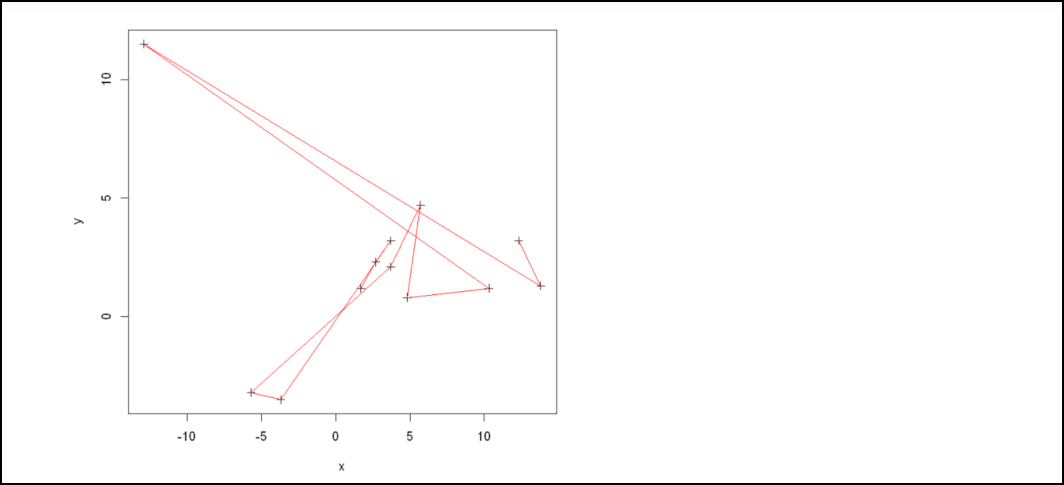




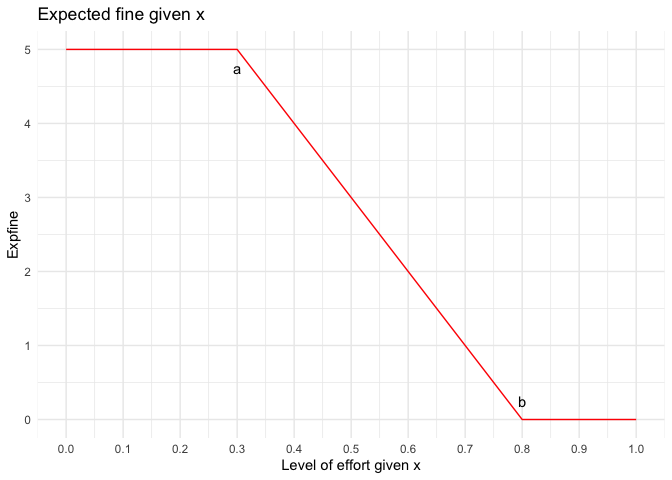


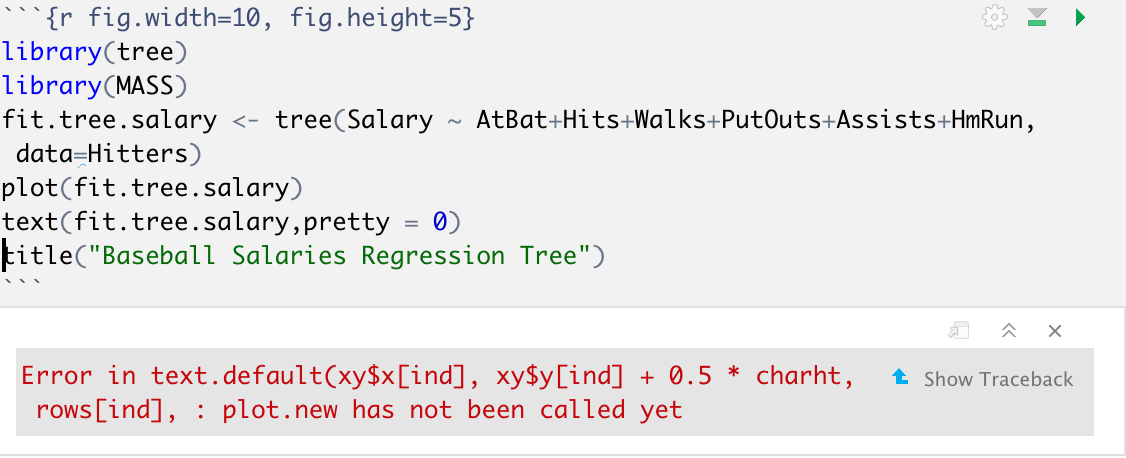


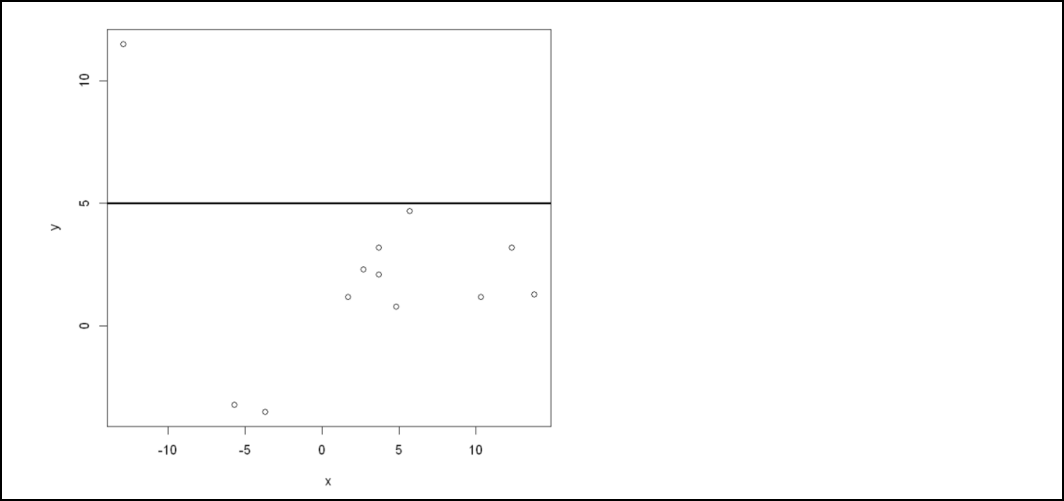




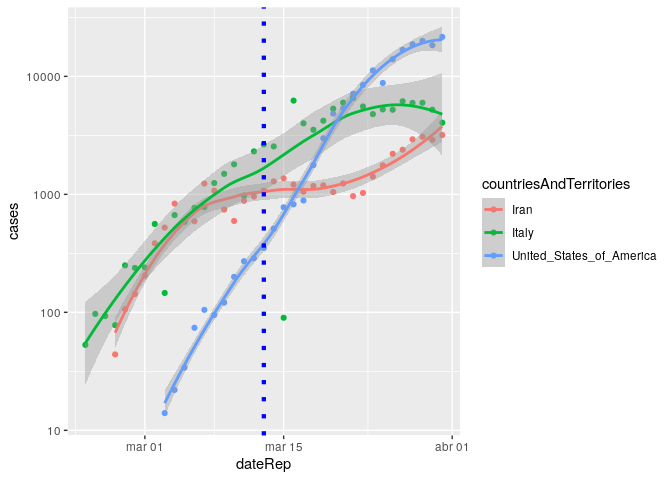










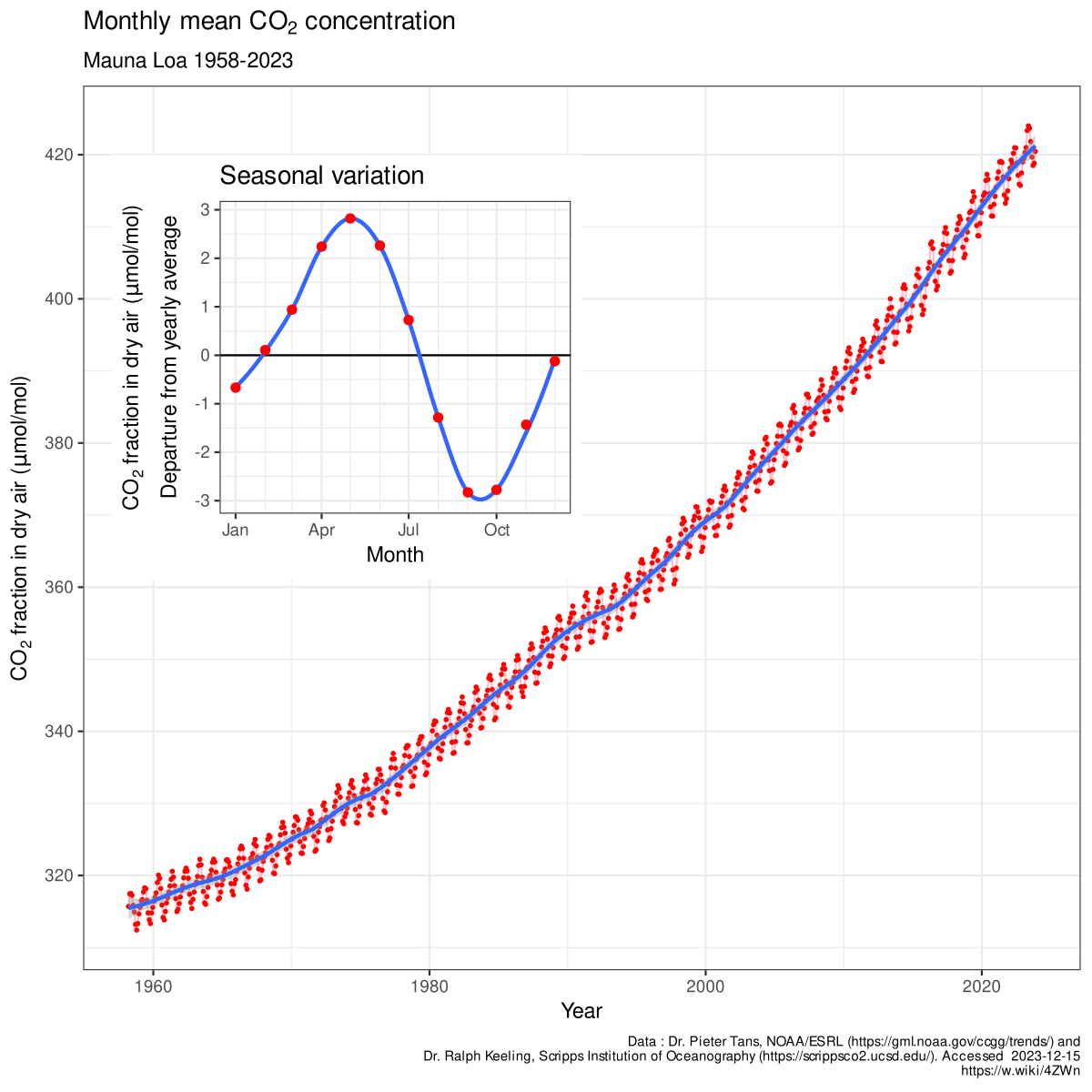

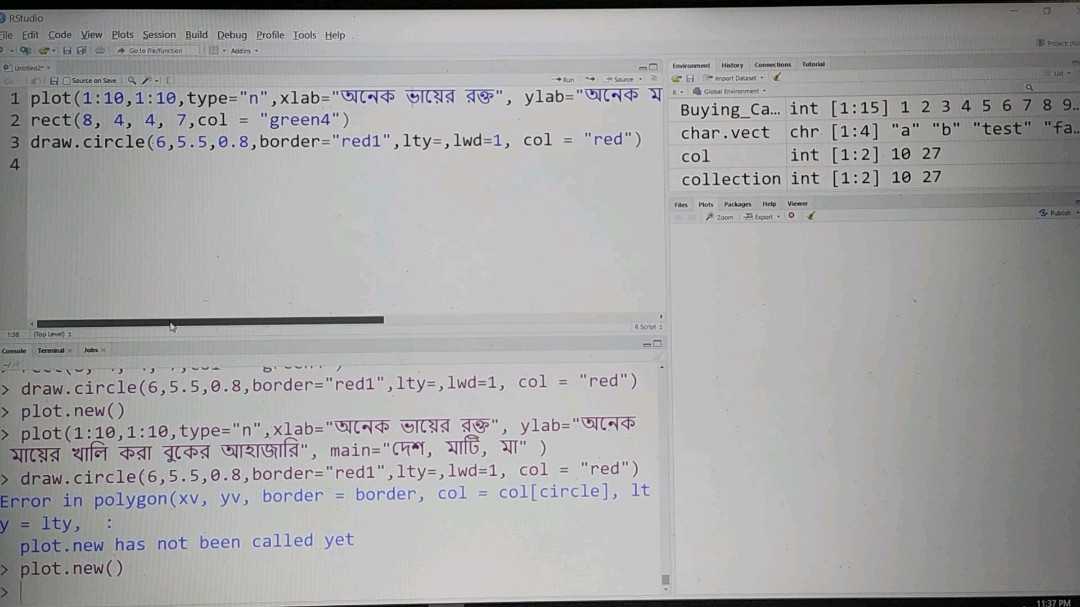
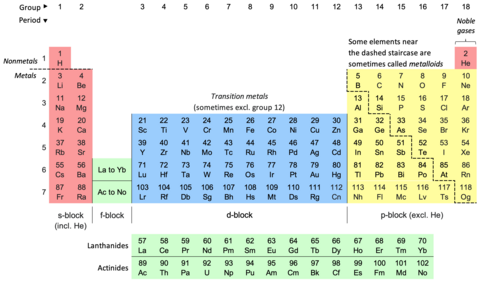
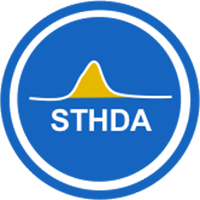

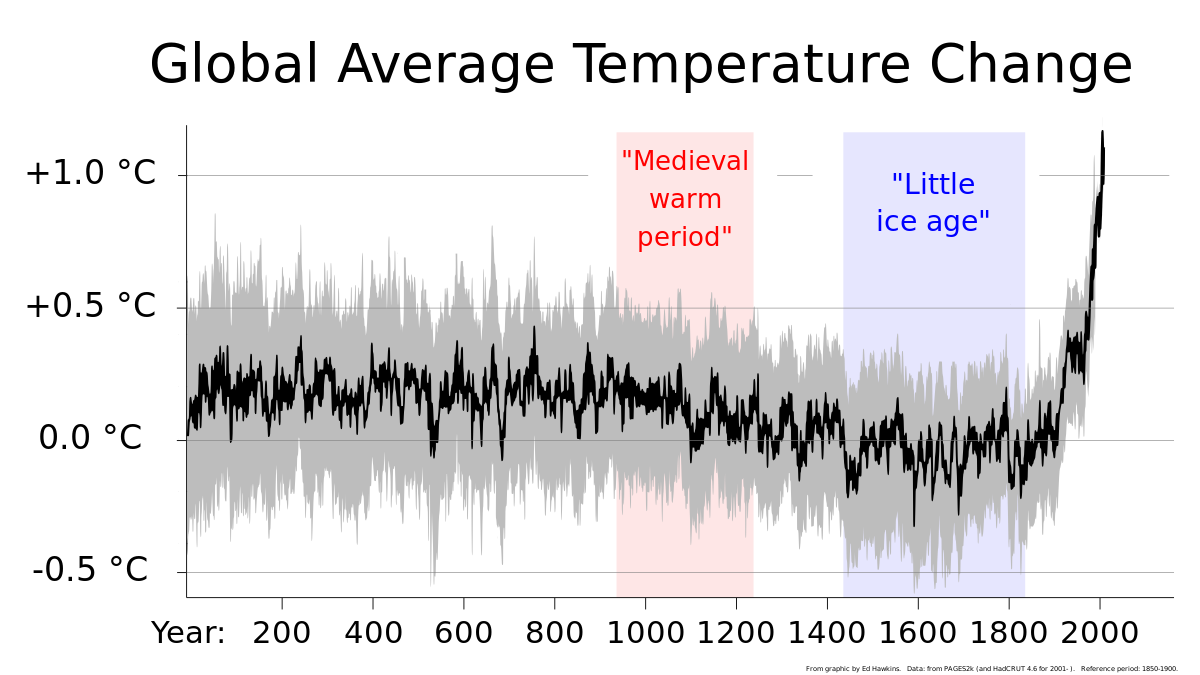
:max_bytes(150000):strip_icc()/10OptionsStrategiesToKnow-03_3-64e23e71b7a54698a2f8ae064db57710.png)
Article link: plot.new has not been called yet.
Learn more about the topic plot.new has not been called yet.
- How to Fix in R: plot.new has not been called yet – Statology
- plot.new has not been called yet – Stack Overflow
- Plot.New Has Not Been Called Yet: Solving This Common R …
- Why is RStudio not displaying plots as expected? – ask.CI
- An easy way to add straight lines to a plot using R software – STHDA
- Addition of Lines to a Plot in R Programming – lines() Function
- How to Fix in R: plot.new has not been called yet
- R Error: plot.new has not been called yet (2 Examples)
- Plot.New Has Not Been Called Yet: Solving This Common R …
- Fixing the R error in plot.xy(xy.coords(x, y … – ProgrammingR
- plot new has not been called yet in R – Tutorialspoint
- plot.new has not been called yet) – shinyapps.io
- Error in R: plot.new has not been called yet (2 Examples)
See more: nhanvietluanvan.com/luat-hoc